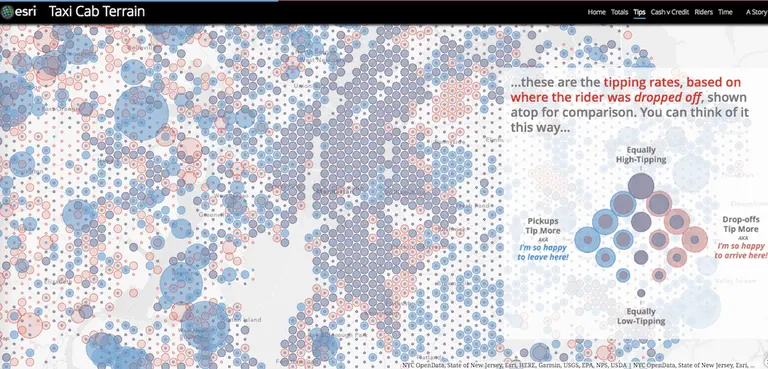December 13, 2016
According to a 2016 Pew report, the middle class is shrinking in 90 percent of U.S. cities. It's the first time in our nation's history that the middle class doesn't make up the economic majority. Instead, the highest- and lowest-income households combined comprise over 50 percent of the population. And in New York City, the divide is startling. One in five New Yorkers live below the poverty line, while the upper five percent of Manhattan residents earned more than $860,000 in 2014. GIS software company Esri has created a series of interactive maps that visualize this wealth divide in NYC and across the country, revealing where the richest and poorest live and the new economic divisions that are forming in our major metropolitan areas.
Maps, this way
